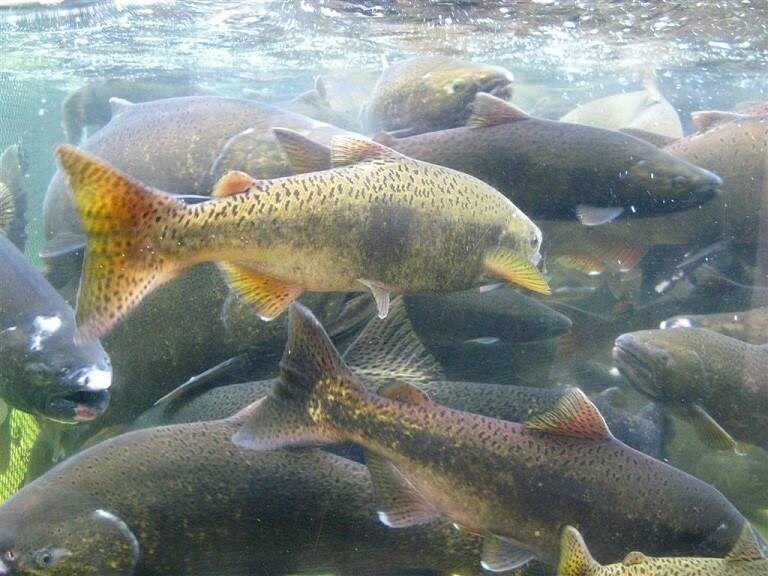The Nature Trust of sa国际传媒 is getting $5 million over five years from the federal government to restore critical salmon habitat and diminishing stocks on Vancouver Island.
The trust will work with several agencies on several river estuaries and riparian habitats in the Salish Sea and North Vancouver Island.
The North Island project was part of a $12-million announcement made on Friday for six projects on the sa国际传媒 coast under the Aquatic Ecosystems Restoration Fund, which pays for conservation projects in aquatic ecosystems damaged or under threat by climate change.
The Comox Valley Project Watershed Society also received $1.5 million over four years to work with partners to restore and enhance nearshore marine ecosystems along the east coast of Vancouver Island, including tidal marshes, eel-grass beds and kelp forests — all critical rearing habitat and migratory corridors for Pacific salmonids.
Other projects receiving funding include:
• $1,697,551 over the next four years to the Tla’amin Nation Government to work with partners to restore and support the re-establishment of Pacific salmon populations in the Unwin Lake watershed.
• $1,028,750 over the next four years for the British Columbia Conservation Foundation to work in partnership with shíshálh and Tla’amin Nations to help restore and enhance kelp forests along the Sunshine Coast with the intent to restore over 67,000 square metres of kelp at 25 sites.
• $312,602 over the next four years for Skeena Knowledge Trust to create a comprehensive salmon-specific project registry that will provide an overview of all completed aquatic-based salmon restoration projects across the Skeena River watershed and estuary.
• $2,599,000 over the next four years for Squamish River Watershed Society to restore Chinook salmon habitat within upper Howe Sound, including the Stawamus and Squamish River estuaries.
The $75-million Aquatic Ecosystems Restoration Fund brings together Indigenous groups, resource users and community organizations to work on habitat restoration, maintenance and revitalization.



